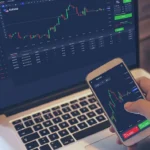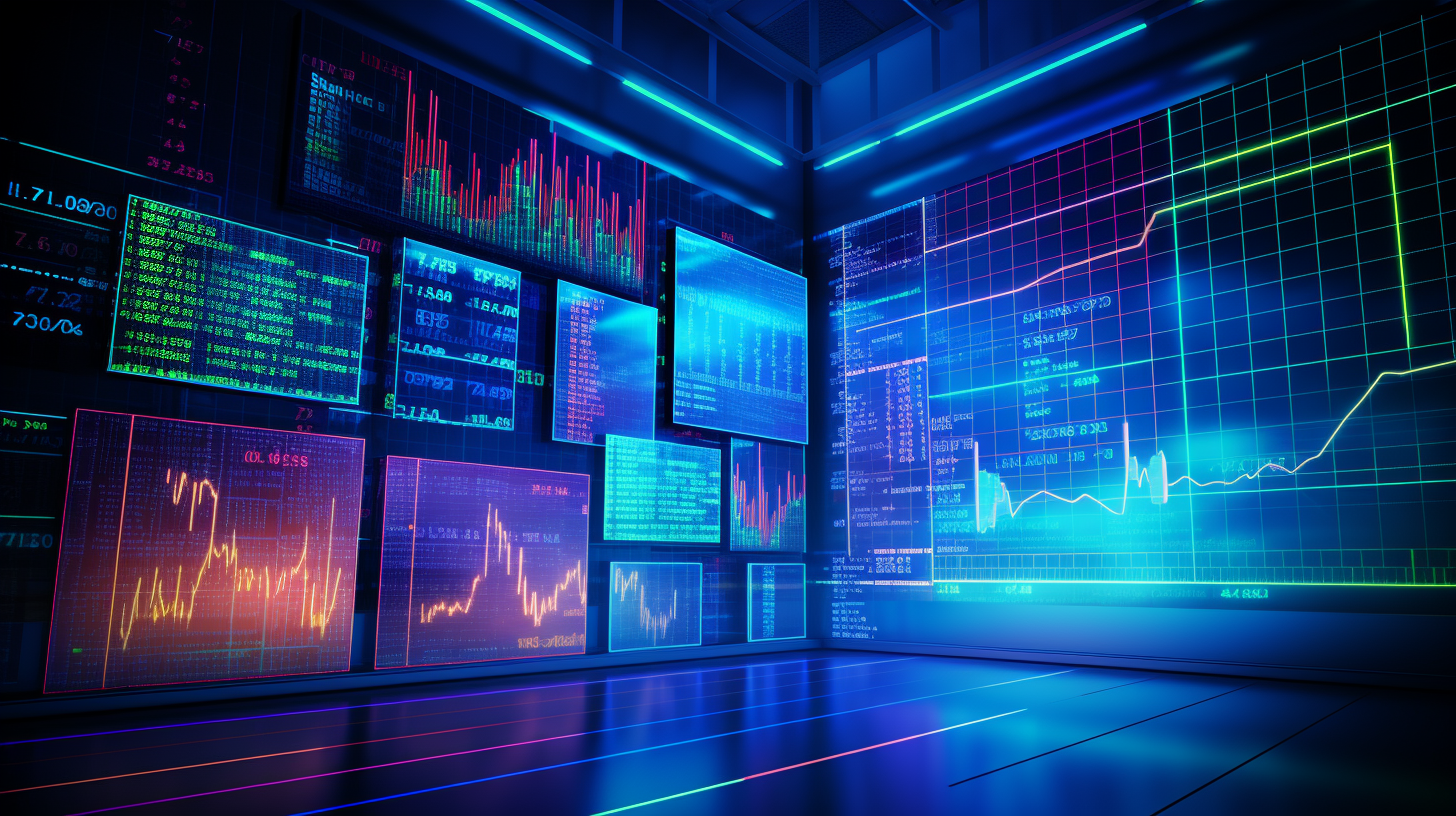Artificial intelligence (AI) revolutionizes how trades are executed across global financial markets. From high-frequency market-making strategies to risk management, portfolio optimization, and ingenious alpha generation models, AI trading spans various use cases and methodologies – each with unique characteristics and value propositions.
High-Frequency/statistical arbitrage strategies
Capitalizing on fleeting pricing inefficiencies for small windows requires ultra-fast AI trading engines monitoring data feeds, executing complex algorithms, and routing trades across multiple venues and asset classes simultaneously at low latencies. Popular AI strategies within this high-frequency space include:
Statistical arbitrage
Using AI to detect temporary pricing dislocations between related securities like dual-listed stocks, futures and spot markets, indexes and components, etc. Rapidly entering offsetting trades to capture the mispricing before it corrects.
High-frequency market making
Utilizing AI models to continuously stream tight bid/ask quotes across multiple assets to earn the spread while managing inventory risk, adverse selection, market impact and other exposures in microsecond timeframes.
News analytics strategies
Applying natural language processing (NLP) AI models to ingest real-time news wires, social media, and company announcements and analyze how upcoming events may impact securities. Executing on resulting sentiment insights.
Low-latency execution tactics
Even for lower-frequency trading styles, AI models automate intelligent execution approaches to efficiently work orders while minimizing market impact, crossing spreads, and price slippage.
AI trading systems for these ultra-low latency strategies must process streaming data at blistering speed and route orders intelligently via ultra-high performance, co-located computing infrastructure with blazing exchange connectivity. For info about quantum ai check quantumai.bot.
Quantitative investing strategies
Long-term-oriented funds employ AI models to generate alpha by systematically analyzing traditional datasets and discovering uncorrelated, non-linear patterns invisible to human analysts:
- Fundamental factor models – AI systems ingest large baskets of fundamental data like corporate financials, economic releases, etc. And ascertain relationships between factors (value, growth, momentum, etc.) to forecast future performance.
- Alternative data strategies – Sophisticated AI models process unstructured data, including earnings calls, web traffic, social sentiment, consumer transactions, satellite imagery and more, to extract investible insights from alternative data sources.
- Time series forecasting – AI techniques like deep learning are adept at identifying cyclical patterns, trends, and other signatures within historical dataset series like price, volume, and volatility to predict future movements accurately.
These quantitative AI models operate within larger systematic trading frameworks for portfolio construction, asset allocation, risk management and trade execution to fully operationalize the investment process.
Automated trading systems
Rather than entirely autonomous, AI-powered trading systems, many market participants utilize AI as intelligent assistants and idea generators:
Algorithmic trading systems (Algos)
Rules-based algorithms are coded to automatically enter and manage trades once human analysts identify and initiate the strategy. AI models analyze trade lifecycles and executions to optimize the continuous algorithms.
AI research assistants
Quantitative analysts leverage AI as an augmented tool for research and creativity rather than direct execution, using AI to rapidly surface patterns across datasets that spark new trading concepts.
Trade surveillance and monitoring
AI serves as an intelligent co-pilot that continuously surveils trading activity. They identify events of interest and compliance breaches and alert human teams to investigate further with contextual recommendations.
This blended human-AI collaborative model combines machine intelligence and human discretion and is also prevalent across use cases, such as corporate trading desks, real money asset managers, and more.


 Understanding the Document Requirements When Filing Taxes
Understanding the Document Requirements When Filing Taxes  What are the best gift cards for subscription services?
What are the best gift cards for subscription services?  Different ways to pay for your plastic surgery procedure
Different ways to pay for your plastic surgery procedure  Benefits of Investing in Mid-Cap Funds
Benefits of Investing in Mid-Cap Funds  Why Funding Partnerships Demand Personal Guarantors and How A Funding Partnership Agency Can Help
Why Funding Partnerships Demand Personal Guarantors and How A Funding Partnership Agency Can Help  How to Avoid Common Financial Mistakes That Hurt Your Wealth
How to Avoid Common Financial Mistakes That Hurt Your Wealth  Bank Nifty Index and Best Demat Account Apps for Trading
Bank Nifty Index and Best Demat Account Apps for Trading  Essential Trading Tools Every Forex Trader Should Use in 2025
Essential Trading Tools Every Forex Trader Should Use in 2025  Why Estate Planning Service is Essential in Wealth Management
Why Estate Planning Service is Essential in Wealth Management 